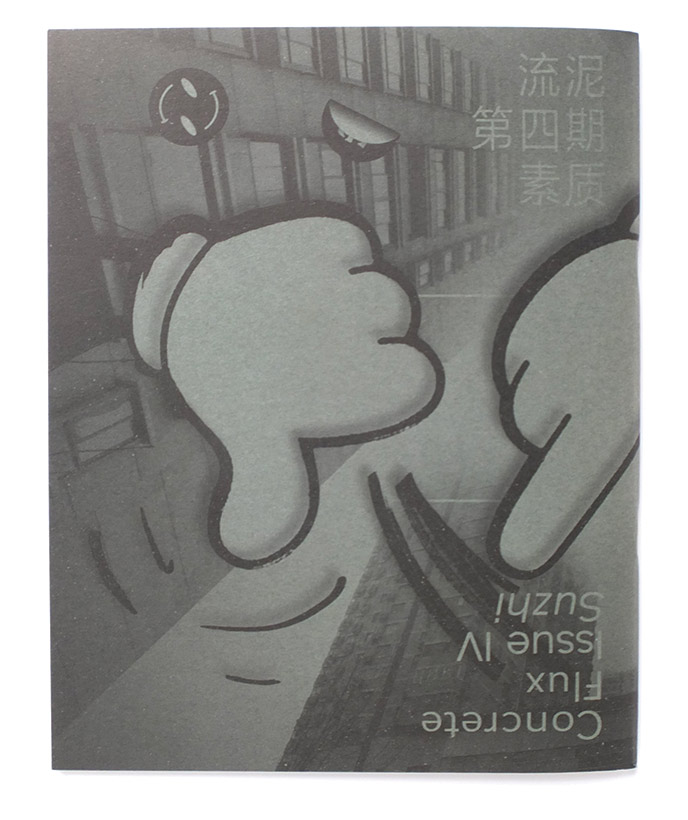Description
自制水泥墩子雖然不大引人注意,但在中國大多數地方的街頭巷尾都有可能找到它們。與天然石頭不同,它們在大興土木的城市裡被人簡便地製作出來,再在各式使用需求中風化成石。像是現代社會中還未進化完全的原始工具,也有可能成為我們時代的遺留物在未來被回憶起。有朋友曾說這就像另一種形式的「人民紀念碑」,上面的製作、使用痕跡是每位人民書寫的「碑文」。
《151個墩子》摘選了有代表性的一些水泥墩子,書封海報上有頁碼索引它們在書中出現的場景。海報紙張很容易隨著翻看留下痕跡——就像墩子使用中變化著的表面。
書的內封面上沒有印任何一個墩子,而是一個很容易被認作成書名的問題「有沒有印象上次看到它是在什麼地方?」,這正是最想問讀者的,也是想從墩子延展開來的問題:生活中還有什麼是我們不曾留意過的呢?
Dunzi (or 墩子, meaning homemade concrete blocks or DIY stones, as referred to in this book), are not usually noticed, though they are commonly used on the streets of many Chinese cities. Unlike natural stones, all the artificial stones in this book were made to meet various urban needs, becoming weathered as time goes by. They are like underdeveloped, primitive tools for a modern society, remnants of the current era to be remembered in the future. A friend of mine described them as a special kind of “people’s monument” on which the traces of daily usage form inscriptions over time.
Photos of 151 homemade concrete blocks are presented on the book jacket of 151 Do-It-Yourself Stones. Some photos have been indexed, so readers can access more details on relevant pages in the book. As the book jacket gets used, the paper becomes easily creased and marked—just like the surface of any used dunzi.
– – – – – – – – – –
「人工石」項目開始於2016年,通過尋找路邊水泥墩子和收集它們的圖像來記錄這一現象,並由此展開和墩子製作者、使用者、投稿者、讀者等多重視角交流的調研過程(更多信息可參考微信公眾號:人工石庫/manmadestone)。
Launched in 2016, The Man-Made Stone Project aims via a visual archiving process to explore the perspectives of dunzi makers, users, contributors and readers as well as the interactions among them.










Reviews
There are no reviews yet.